NASA has published a series of images taken by the ShadowCam camera installed on the Danuri probe. They demonstrate areas of the Moon’s south pole that have never been seen by the human eye before.
Area of eternal darkness
The South Pole of the Moon is a priority goal for both the Artemis program and lunar programs of other countries. This is due to the fact that there are deposits of water ice at the bottom of polar craters that are never illuminated by the Sun. They could become an extremely valuable resource for future colonists.
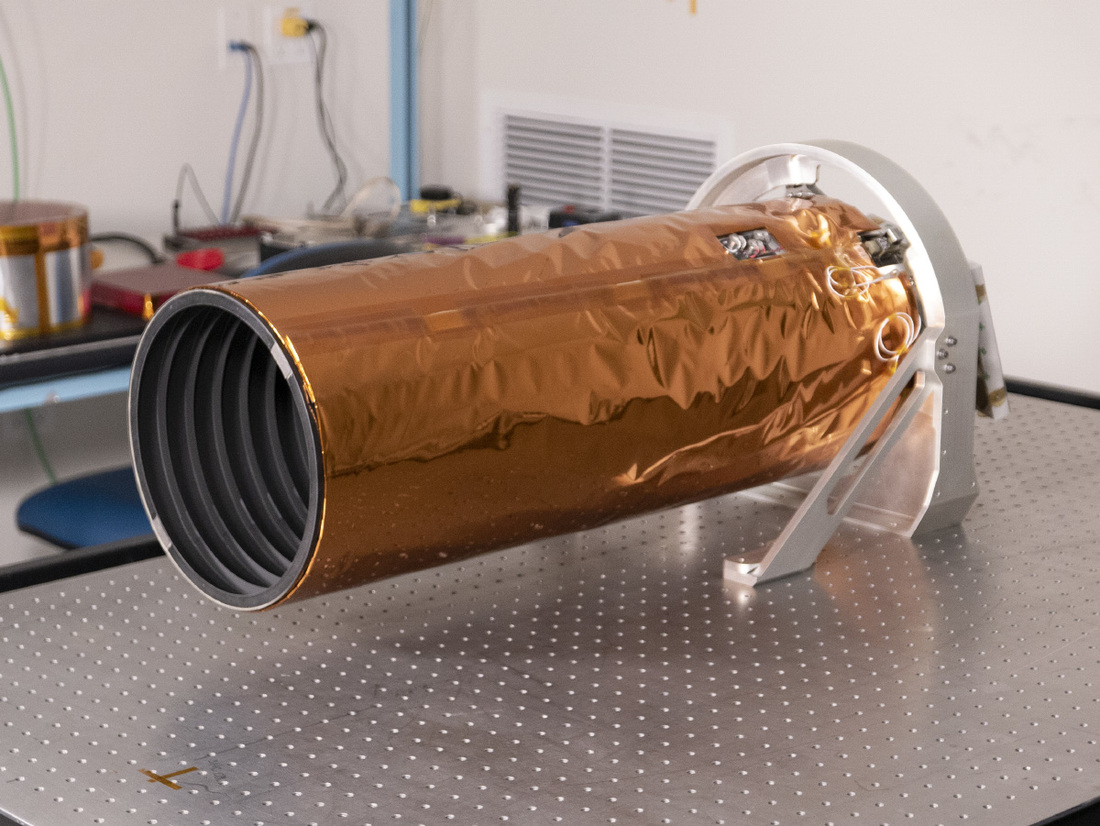
However, since the lunar ice is located in the zones of eternal darkness, until recently, scientists had practically no opportunity to study the zones of its occurrence. Everything changed after the launch of the South Korean probe “Danuri”. Among the instruments placed on board is the ShadowCam camera developed by NASA specialists. In terms of its resolution, it is similar to the narrow-angle camera installed on the famous LRO spacecraft. The main difference is 200 times greater photosensitivity. Thanks to it, ShadowCam has a unique opportunity to photograph eternally shaded areas of the Moon that are previously hidden from the eyes of scientists.
ShadowCam Images
One of the first ShadowCam images shows in unprecedented detail the Shackleton crater, through which the South Pole of the Moon passes. We can see the trace left by the cobblestone rolling down its slope.
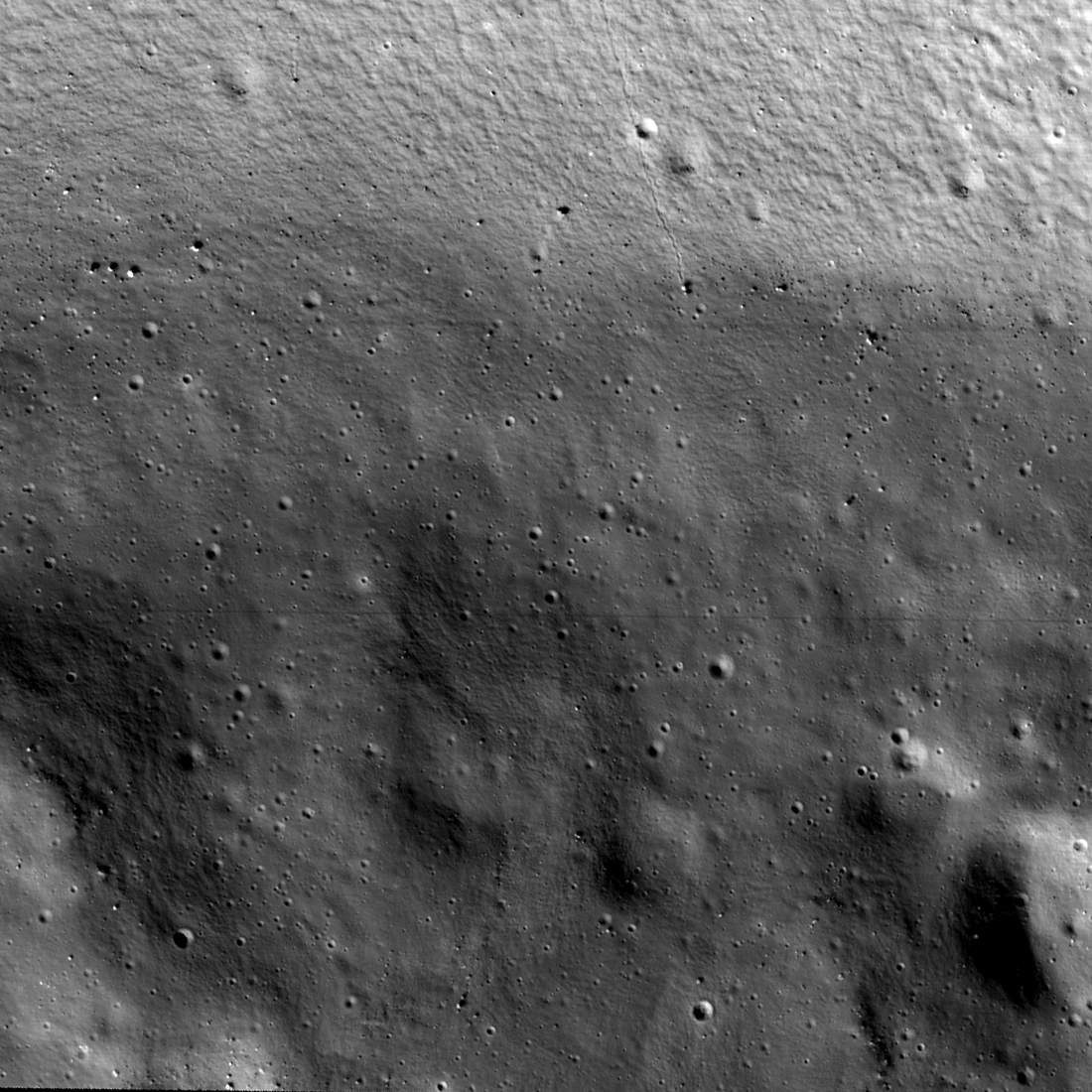
The second image was taken as part of a test, the purpose of which was to check the sensitivity of ShadowCam. It demonstrates the Bruce crater located near the lunar equator. The peculiarity of the image is that there is a new moon at the time of shooting. The only source of illumination was reflected sunlight from the earth’s surface. ShadowCam coped with the task by photographing the crater in every detail.

The next two images show the Marvin crater, located 26 km from the south pole of the Moon. The first was done using the already mentioned method with the use of the Earth as a source of illumination.
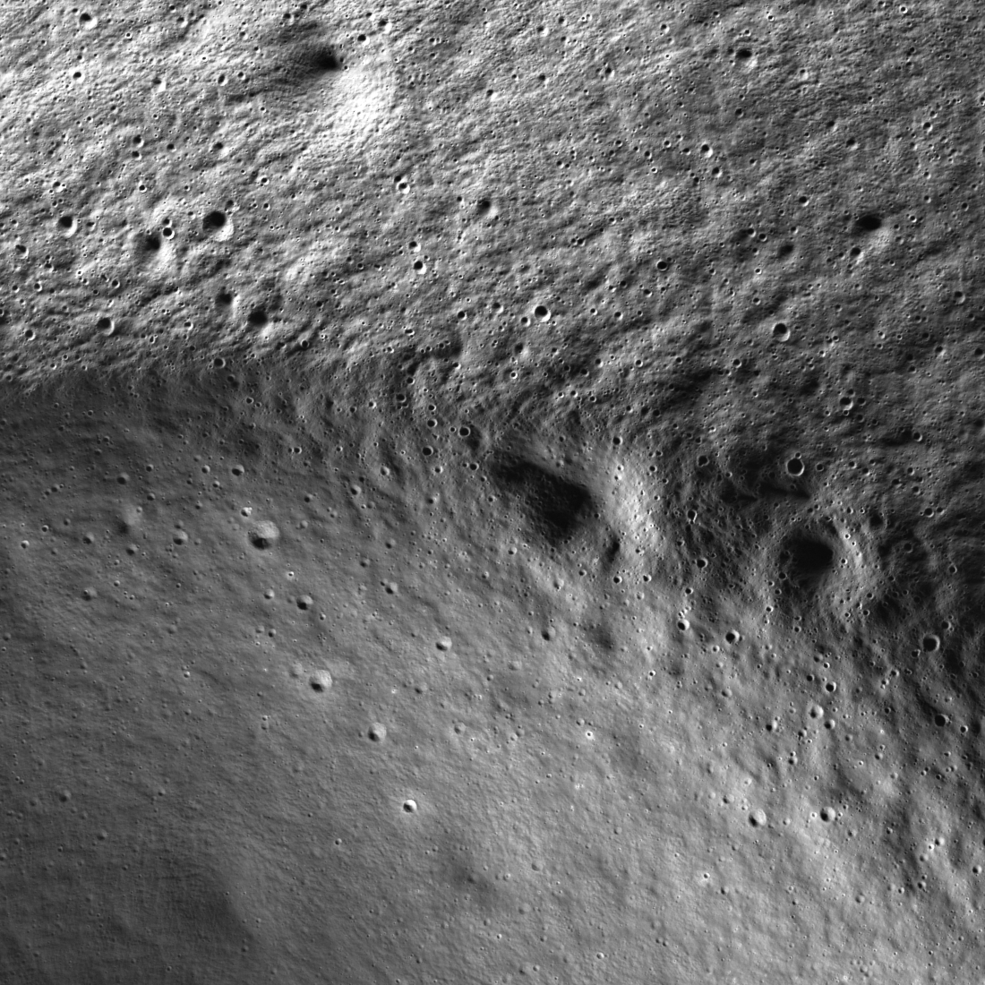
When obtaining the second image of the Marvin crater, experts applied a different method, using sunlight reflected from nearby mountains and high sections of the crater walls as a source of illumination.
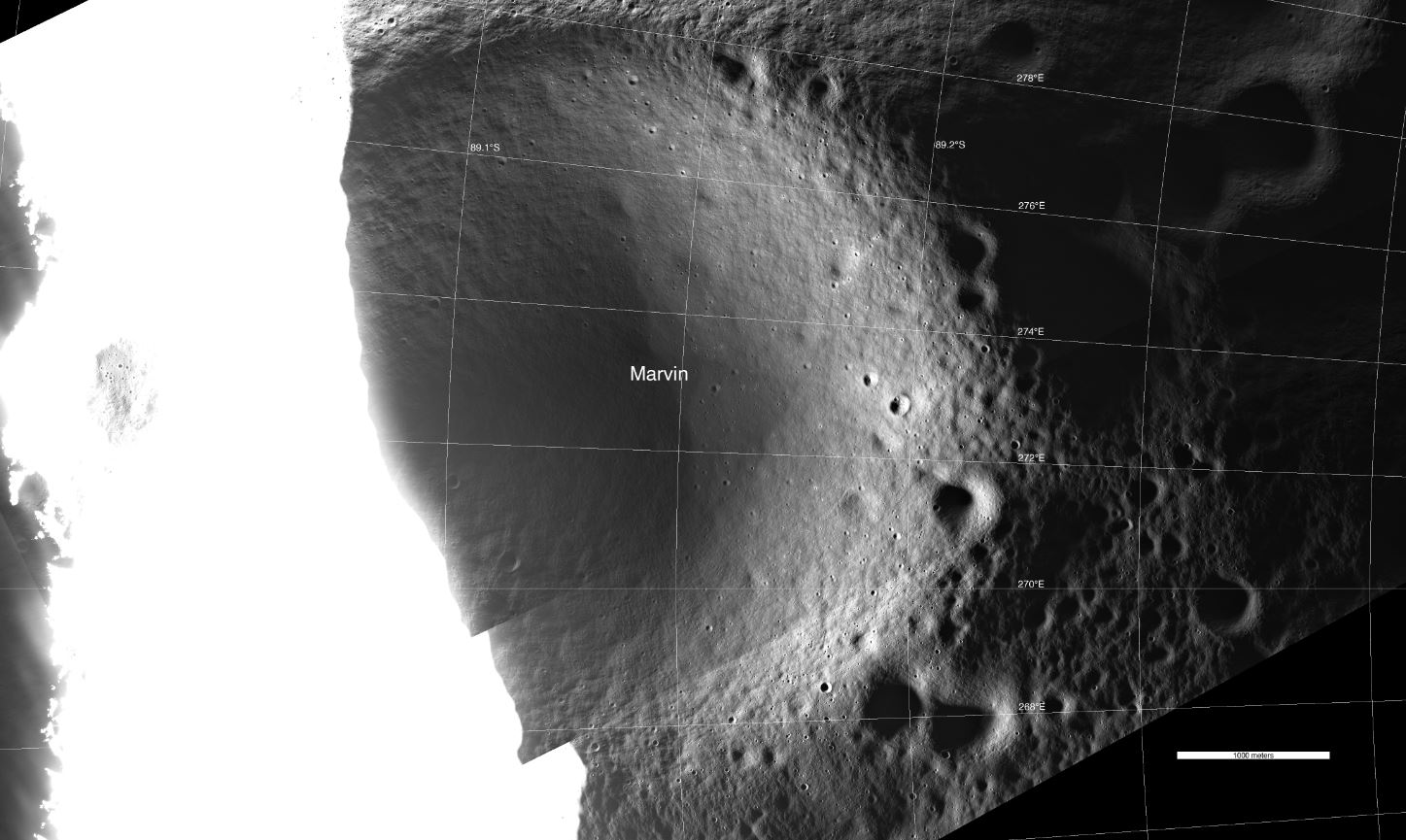
The light reflected from the Earth also came in handy when taking the next image. On it you can see the central peak of the 40-kilometer Aristarchus Crater.
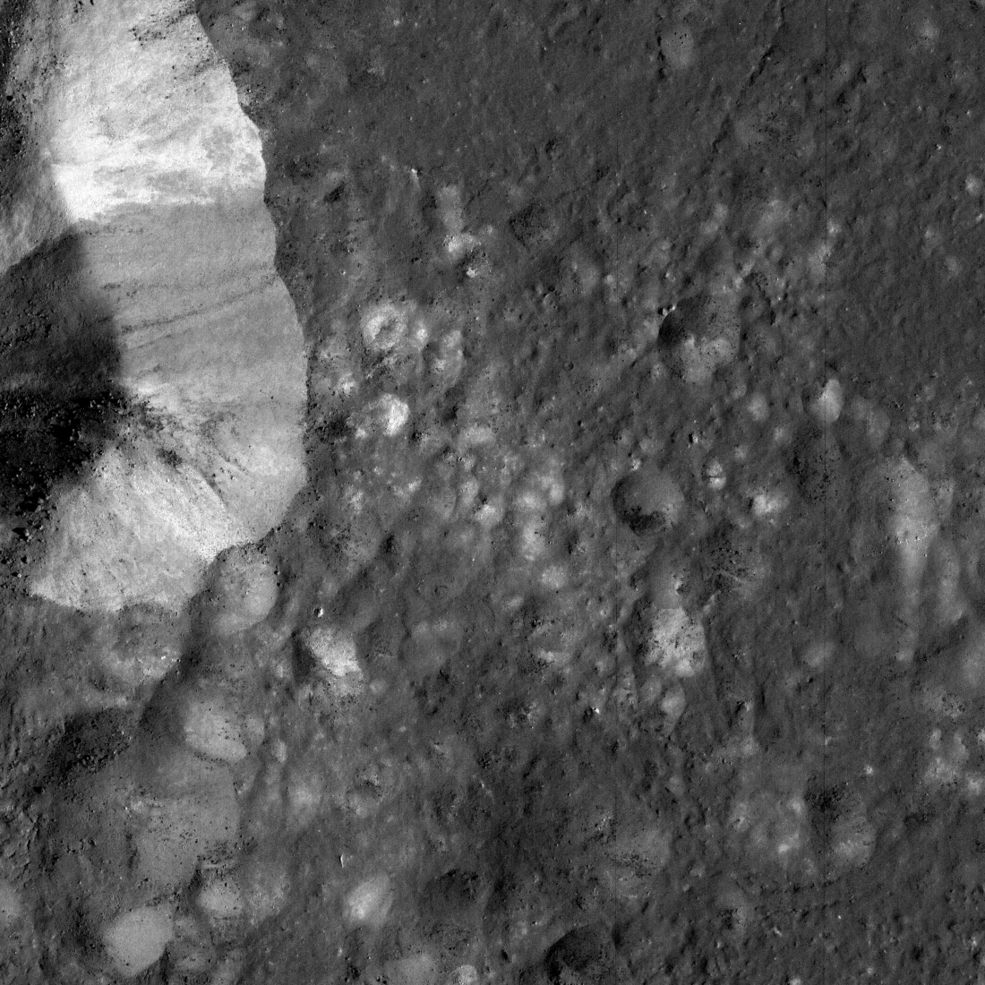
According to https://www.nasa.gov
Follow us on Twitter to get the most interesting space news in time
https://twitter.com/ust_magazine

